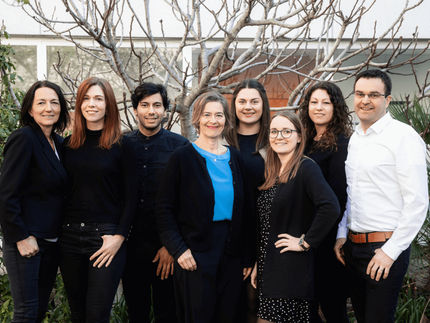Agilent Technologies and Johns Hopkins University to Research Toxicity Pathways for Embryonic Brain Development
Advertisement
Agilent Technologies Inc. and the Agilent Foundation announced that Dr. Thomas Hartung has received an Agilent Thought Leader Award in support of his research for the use of toxicity pathways to predict developmental neurotoxicity. This work could help identify possible contributions of chemicals to disorders such as autism and attention hyperactivity disorders. Dr. Hartung recently was named a leading toxicologist by the science journal Nature.
The award includes Agilent Foundation funding for research and a company donation of instruments worth more than $500,000 to the Center for Alternatives to Animal Testing (CAAT), part of the Johns Hopkins Bloomberg School of Public Health. Dr. Hartung, director of CAAT, will focus his research on the identification of novel toxicity pathways by combining two promising cell culture models with emerging metabolomics technology.
“This award makes cutting edge technology available for a project in the core of implementing the vision of a new regulatory toxicology,” says Hartung. “Problems of the 21st century can only be solved with 21st century technologies.”
“The information we need to fully understand the toxic effects of chemicals on humans cannot be obtained using traditional animal models. We are not 70-kilogram rats,” adds Hartung.
The identified pathways will be annotated in a public database the scientific community can use for further mechanistic studies. This will be of particular benefit to the pharmaceutical and chemical industry to assist with identifying how drug compounds and chemicals interact with human biochemical pathways. In the case of drug development, this information will allow for better toxicological assessment of promising drug lead compounds at early preclinical stages, reducing costs and time.
























































